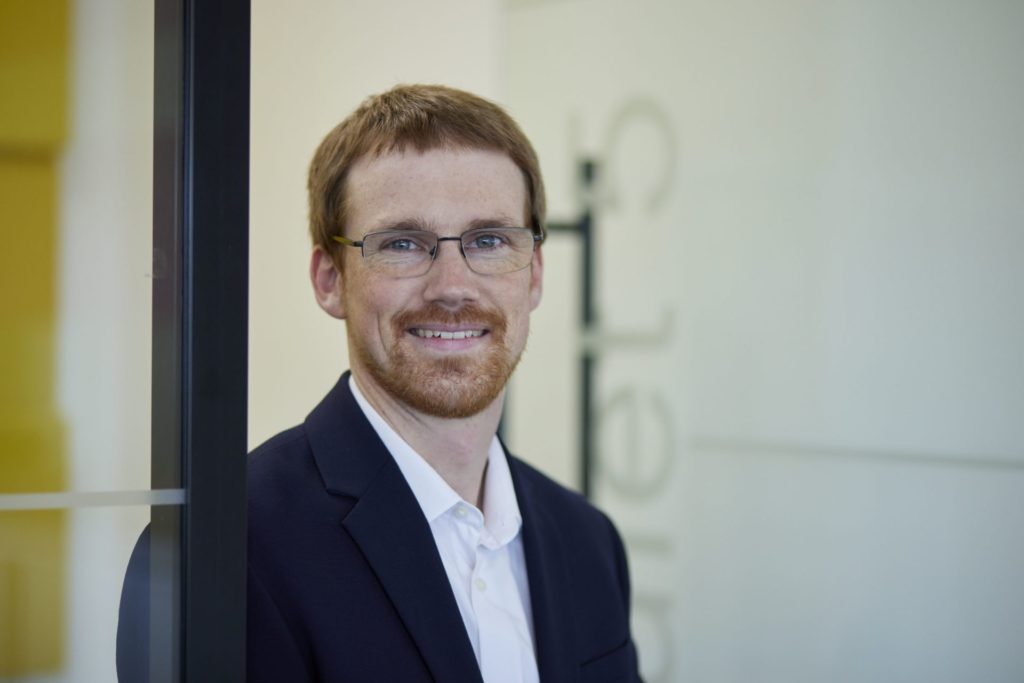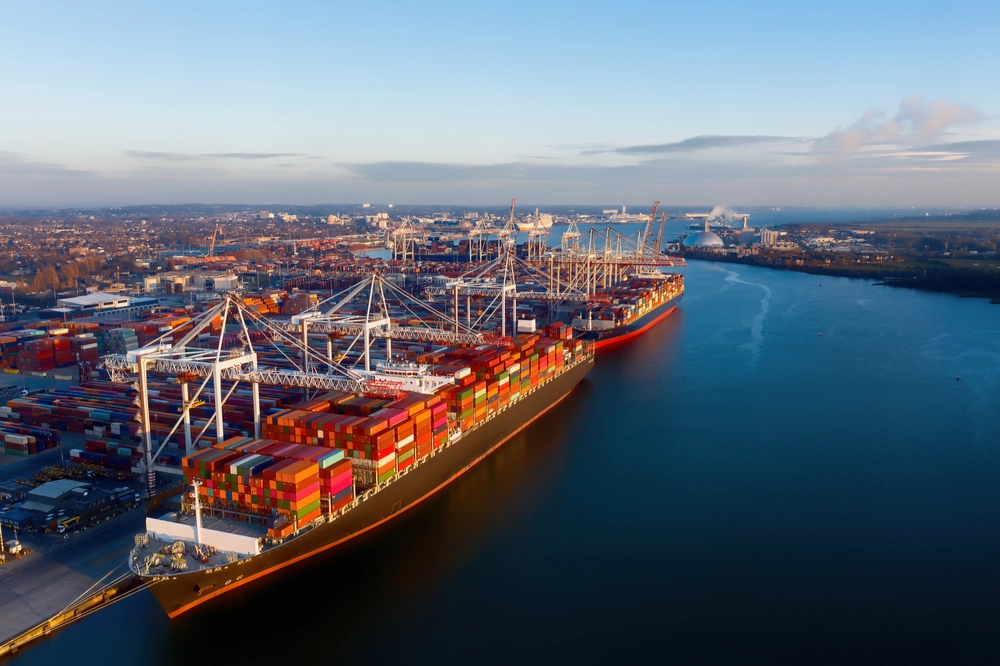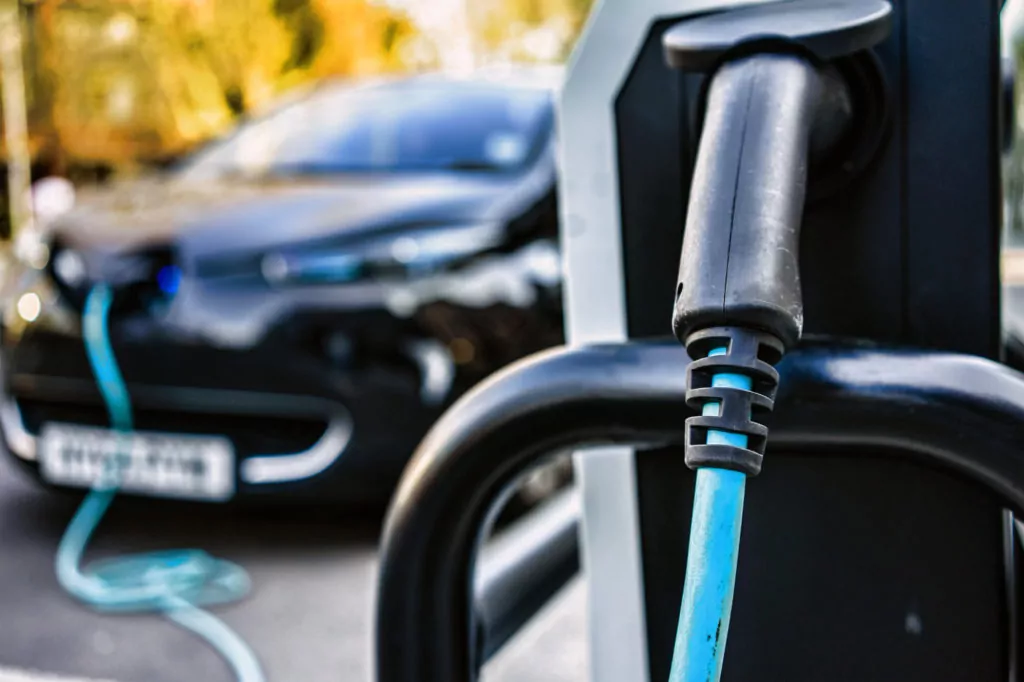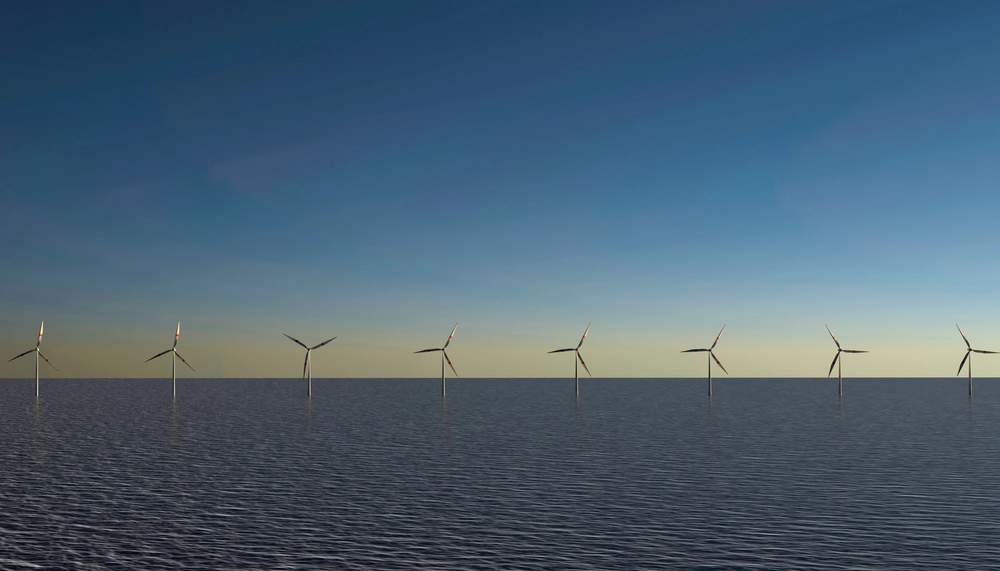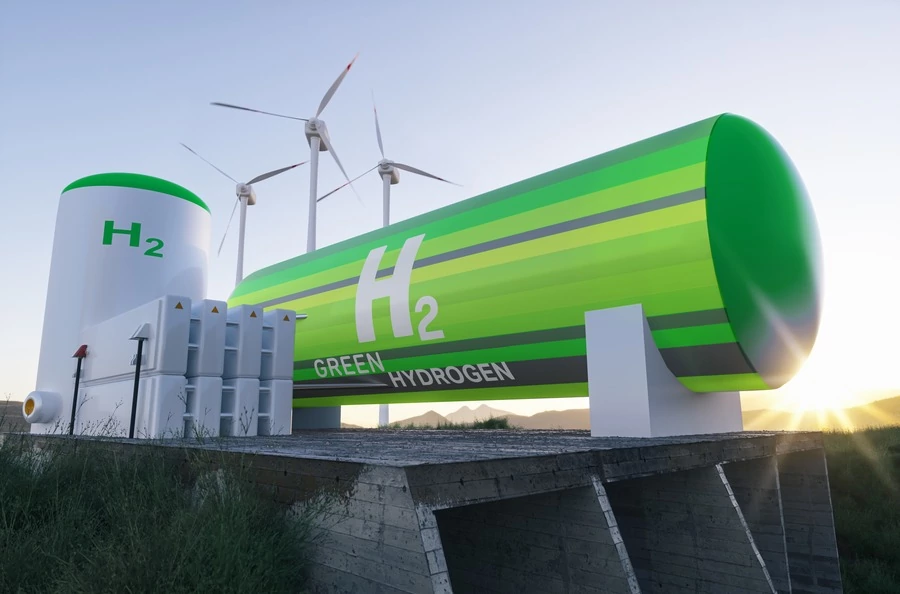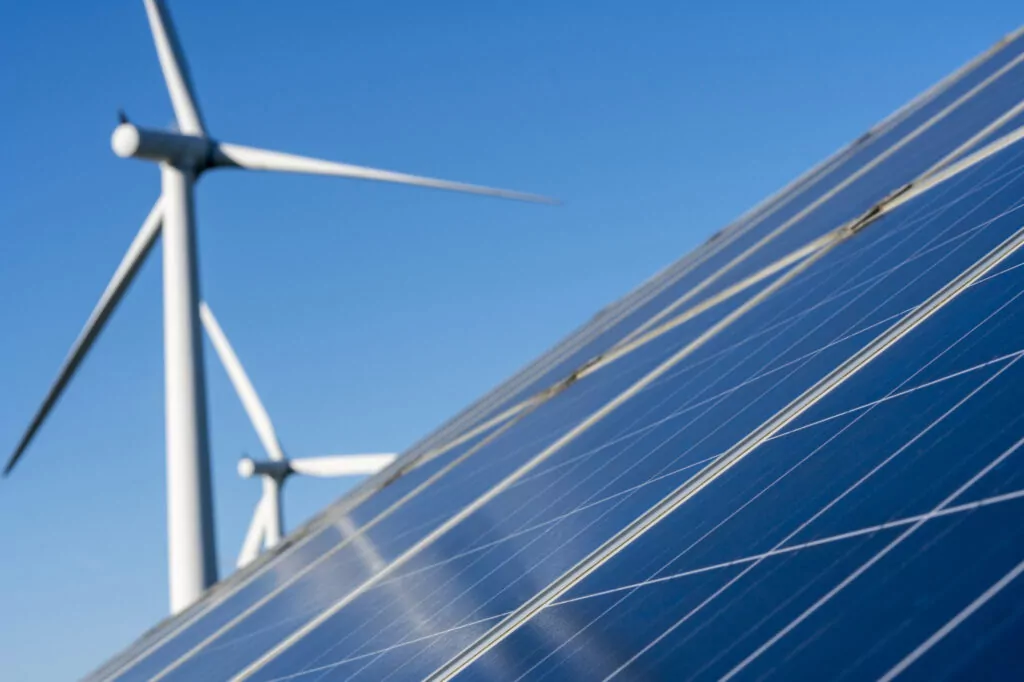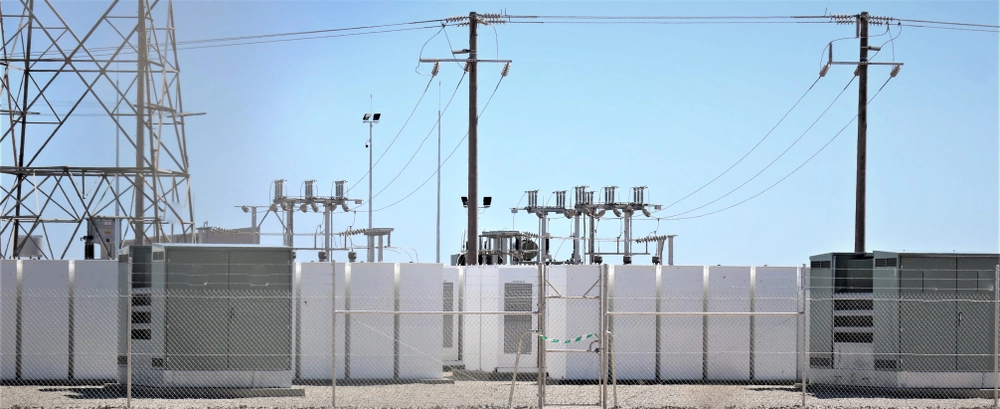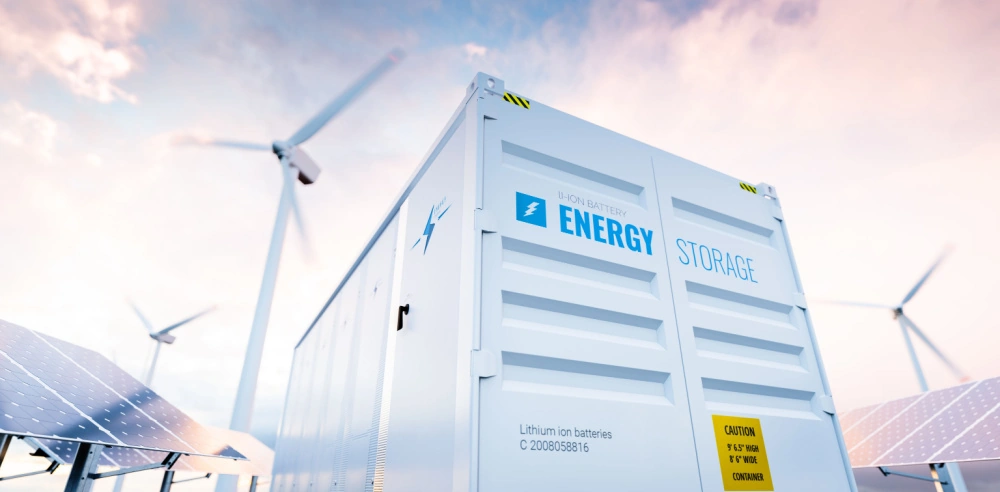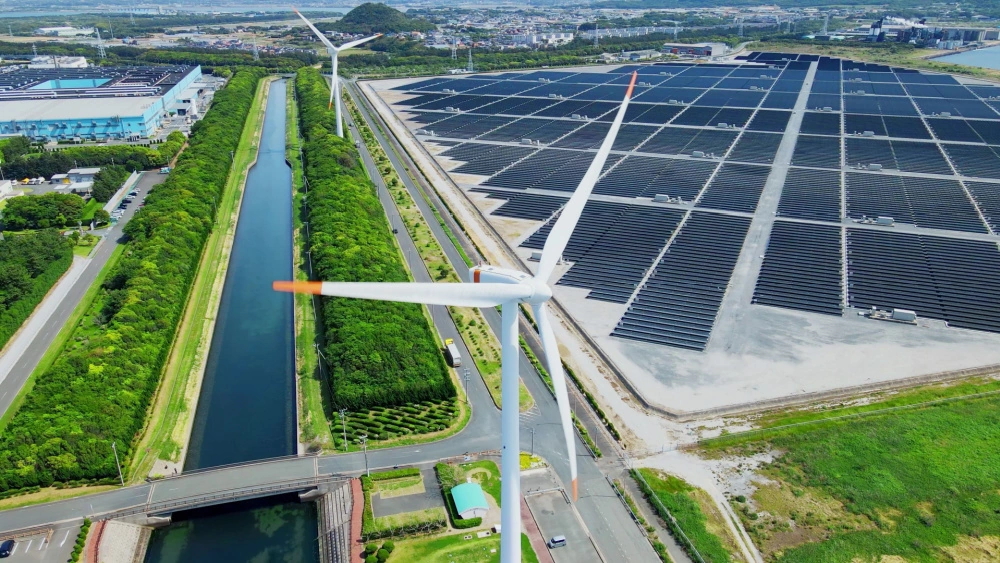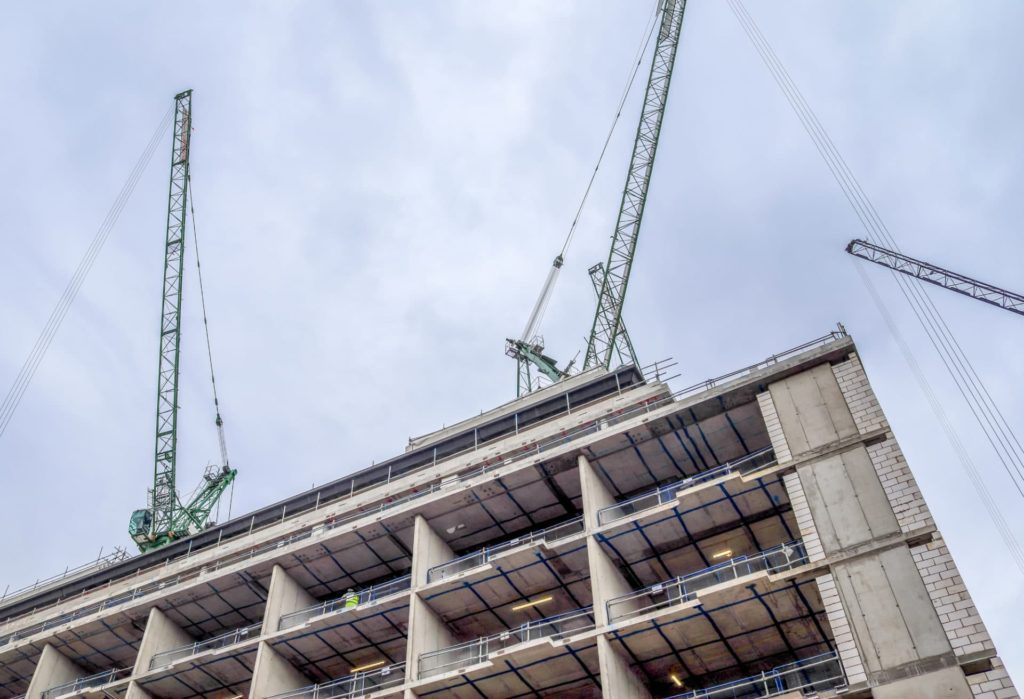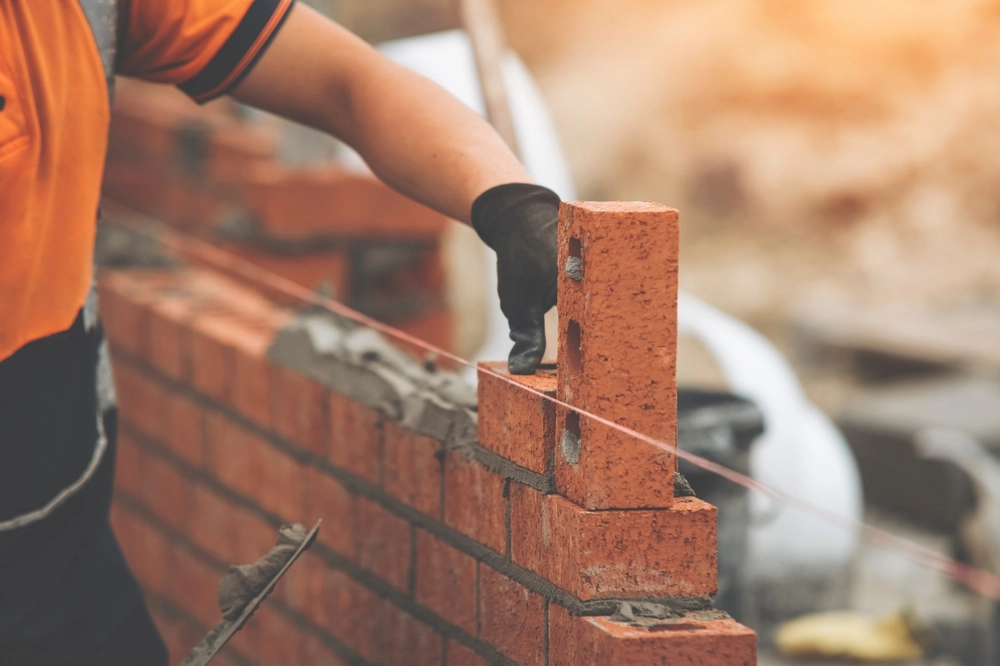
Grid connection reform: The big shake-up

By Mark Greatholder, Aliki Zeri, Colin Shear
30 Oct 2024 | 7 minute read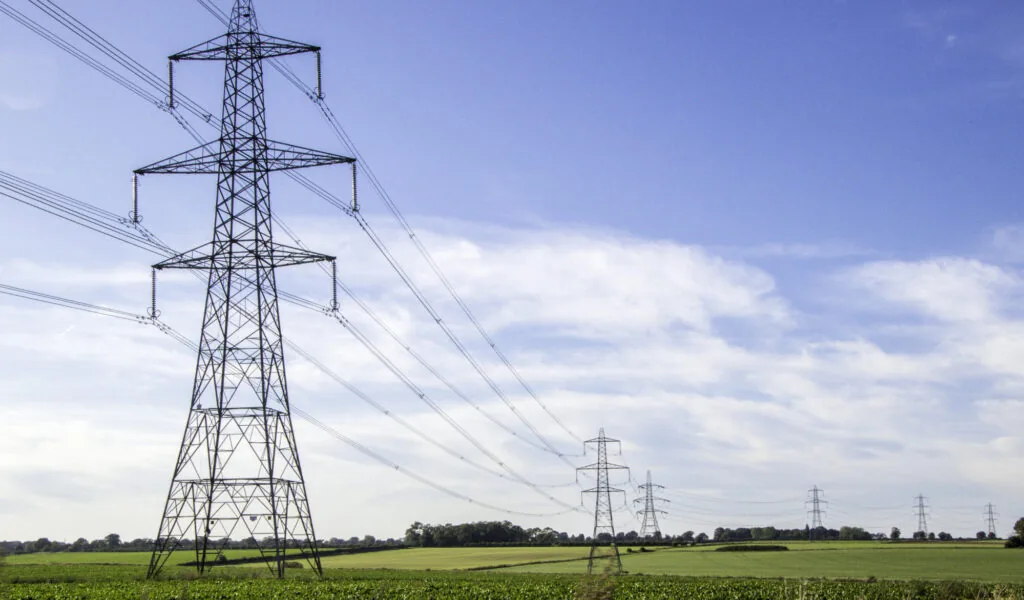
'Rewiring Britain' was one of the key pledges of the Labour Government's manifesto. As part of this ambitious target, the Government committed to decarbonising the electricity grid by 2030 and establishing the Great British Energy, a company that will be owned by the Crown and will be mandated to invest in various clean energy technologies.
On 9 July 2024, the SoS commissioned the National Electricity System Operator (NESO) to provide 'practical advice on achieving clean power by 2030'. The NESO set up two forums, with the intention of gathering views from a wide spectrum of industry and other stakeholders (including consumer groups and devolved government representatives) and it is intended that the advice (termed 'Clean Power 2030') will be presented to the SoS by the end of 2024.
We are yet again delayed; proposed CUSC modifications (April 2024)
Grid connections have been an ongoing challenge for the clean energy sector, with delays in securing connections causing concern. Two CUSC modifications were tabled for consultation earlier this year. CMP434 and CMP435 proposed a variety of measures intended to remove 'zombie' projects (namely projects that were not progressing quickly enough) from the grid connection queue and ensure that projects that were sufficiently advanced (namely, those that had all the necessary land rights and were ready to proceed and submit a planning application) would be able to connect quickly.
Under the proposals, following the 'go live date' (at the time of publication of the CUSC modifications this was expected to be 1 January 2025), developers of directly connected generation (including storage) and directly connected demand projects, would be able to apply annually to obtain a new connection offer. Projects would need to satisfy either the 'Gate 1' criteria (in which case the developer would receive an offer similar to the 'Step 1 offer' under the two-stage offer process or the 'Gate 2' criteria, at which point a developer would obtain a firm connection date and would secure the project's position in the connection queue.
Competency checks would apply to 'Gate 1' and developers would be required to accept a 'Gate 2' offer (having satisfied all 'Gate 2' criteria) within a period of 3 years (calculated from the acceptance of the 'Gate 1' offer. CMP434 (in its original form that was subject to consultation) noted: "It should be noted that a 3-year time period from Gate 1 offer acceptance to Gate 2 offer acceptance will in practice mean a period of ~2 years for a developer in Gate 1 to demonstrate compliance with the Gate 2 Criteria."
As regards the 'Gate 2' criteria, the emphasis in the CPM434 proposal (in its original form) was on securing the necessary land rights, noting that an exclusivity agreement for land would not suffice to satisfy this requirement and instead a developer would have to have secured an option agreement to purchase or lease or a lease for 100% of the land that is required for the project.
Once a developer applies for a 'Gate 2' offer and following its acceptance, the developer is required to take certain additional steps, as described below:
- Land: Retain the necessary land rights on a continuous basis, such that a developer has "sufficient acreage of land rights and/or consents for the full capacity of all technologies in the Connection Agreement". It is also proposed that a developer will not be able to change the red line boundary following acceptance of a Gate 2 offer (although some exceptions are intended to be introduced under a separate Methodology).
- Planning: Submit a planning application. Such application should be submitted at the earlier of: (i) Queue Management Milestone M1 (calculated back from the connection date or (ii) Queue Management Milestone M1 calculated forwards (a standard period of time will be included for different application types) to move from acceptance of the Gate 2 offer to M1.
The consultation acknowledged that these requirements could present issues for developers, who will require control over the lifecycle of the development, such that it is aligned with their funding cycle and requirements.
It is important to note that under CMP435 (as originally proposed) the new connection offer process would apply to projects that are already in the queue at the 'go live date'.
Where are we now (October 2024)?
The original proposals (as briefly outlined above) were a source of great consternation for developers. Following consultation on these proposals and in light of Clean Power 2030, the NESO will consult on a new connections process in early November 2024, which is intended to ensure that only projects that are 'ready' and 'needed' will receive a firm grid connection offer.
As always, the 'devil is in the detail', but we understand that projects will be considered 'ready' if they satisfy the 'Gate 2' land requirement (briefly outlined above) and can showcase that they have the financial capability to proceed to fruition. The means of demonstrating 'financial capability' are still to be decided, but this could include the requirement for additional securities to be placed. A minimum of £20,000/MW was proposed by the NESO, although this is still subject to debate. The requirement for the placement of securities and the level of requisite securities has been one of the key barriers for the deployment of first-of-a-kind ('FOAK') projects (such as green hydrogen developments), as well as, hybrid projects, the development of which will be phased and can at times be uncertain.
Projects will be 'needed' to the extent that they align with Clean Power 2030. It is intended that the NESO will recommend to the SoS how much of each technology is needed in each geographical area and projects brought forward would need to fall within a particular technology pot to be able to be offered a firm connection date.
The NESO is also considering a move away from an annual application window to a 'twice a year combined Gate 1 and Gate 2 Process', as communicated in the NESO's webinar on 17 September 2024. Under the new proposal, 'Gate 1' will be considered optional and projects would be able to move directly to 'Gate 2' if they satisfy the 'Gate 2' criteria.
As noted above, it is anticipated that the final Clean Power 2030 plan will be issued at the end of 2024. Between now and the publication of the plan, investors are faced with considerable uncertainty over which projects to 'back'. Additionally, whilst it was originally anticipated that the new connections' process would become effective on 1 January 2025, this is no longer going to be possible. The NESO has indicated that due to the significance of the changes that are being proposed and the need for additional CUSC modifications to be tabled, the new connections process will be delayed to the beginning of April 2025.
What does this mean in practice?
Uncertainty is not new for developers in the clean energy space. It can however be quite damaging where it continues for a sustained period. In the past twelve months, we have seen a steady rise in hybrid projects (incorporating co-located ground mounted solar pv and BESS, onshore wind and other FOAK technologies, such as green hydrogen production). Such projects are, by their very nature, very ambitious and can only be constructed in a phased manner (due to their scale and constant technological advancements). This makes investment difficult to secure. Adding uncertainty over a connection to the grid in the mix, would certainly not help the business case. One would hope that the establishment of the Great British Energy and associated investment in such projects, will incentivise investment by the private sector.
In the short to medium term, developers negotiating agreements to secure the necessary land rights, should ensure that the option periods agreed are sufficient long to satisfy the requirements of the 'Gate 2' criteria, as outlined in the original CMP434 proposal. Additionally, as the timeframe for submitting an application for planning permission is quite 'tight' (under the original CMP434 proposal), developers are advised to start any pre-application steps early on in the process to ensure that any potential hurdles are addressed.
Where the requirement for additional securities to be introduced, this could pose additional financial strain on developers. Exploring potential financing options early in the life-cycle of a project (or identifying suitable partners to share the development risk) would be key to the success of projects. Developers are also advised to monitor the development of the Clean Power 2030 plan closely and start evaluating the possibility of competing technologies in their area of focus, so that resources can be diverted elsewhere if necessary.
If you would like more information about the proposed changes and what it means for your project in practice, please do get in touch with one of our experts.



